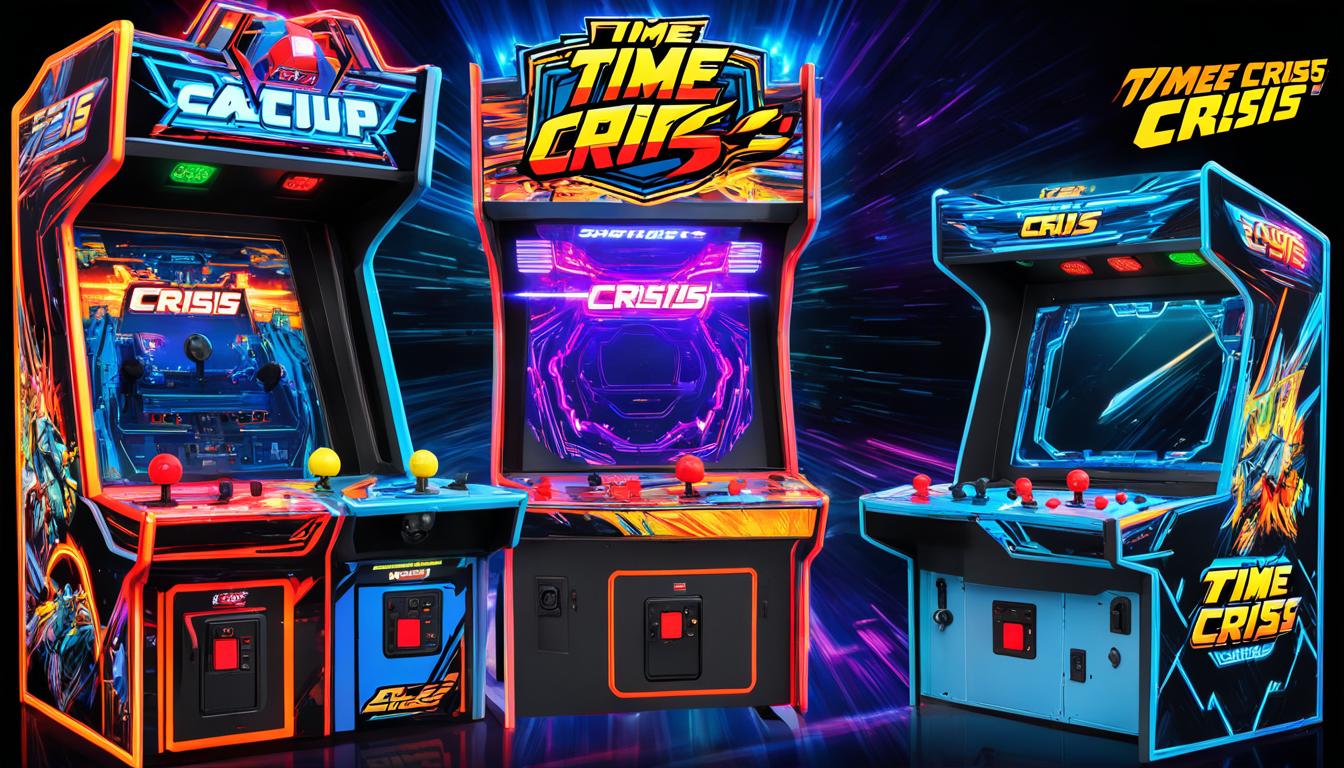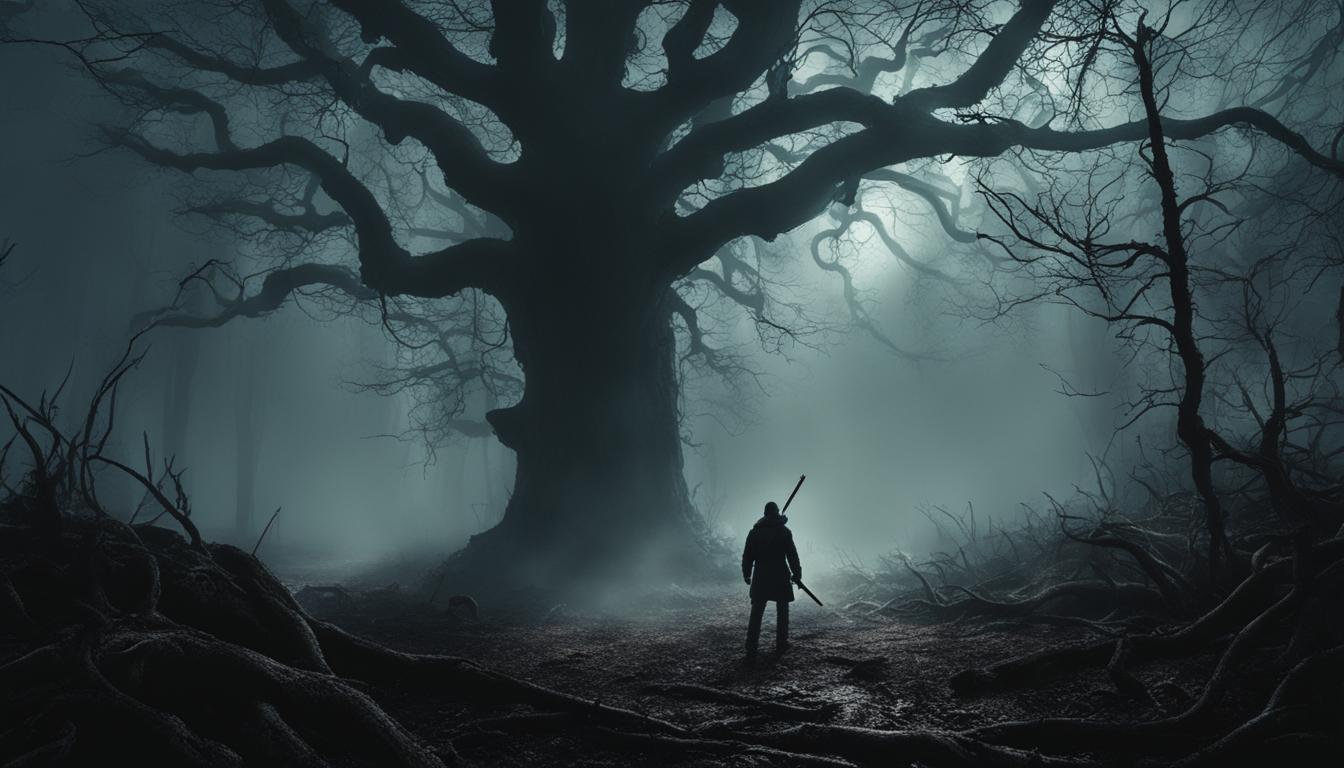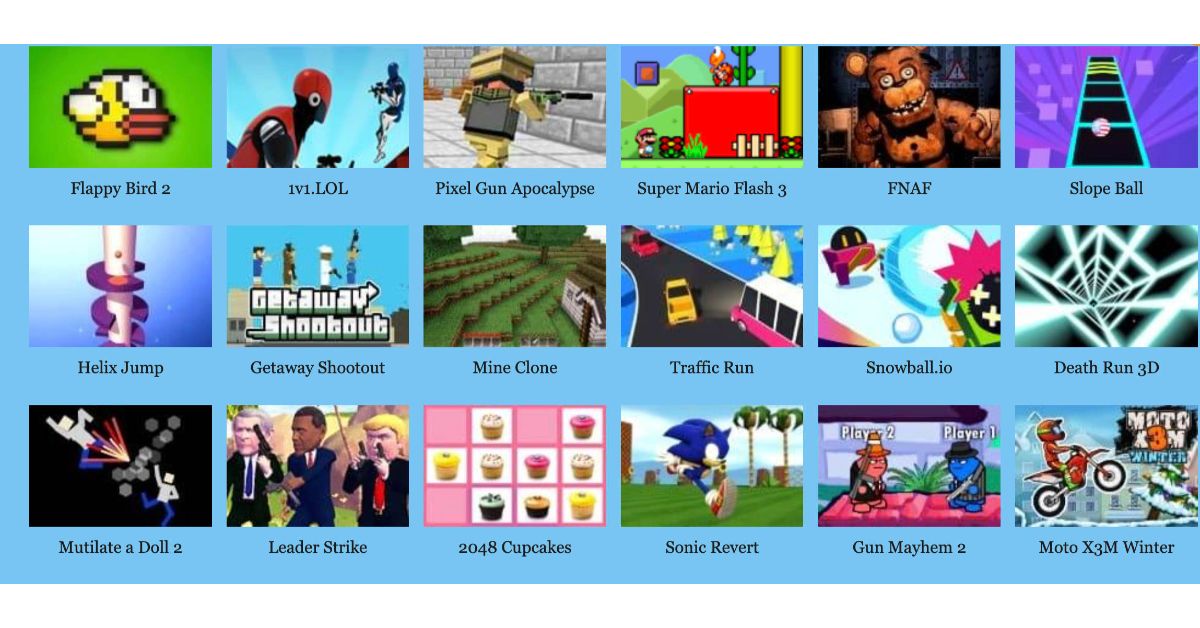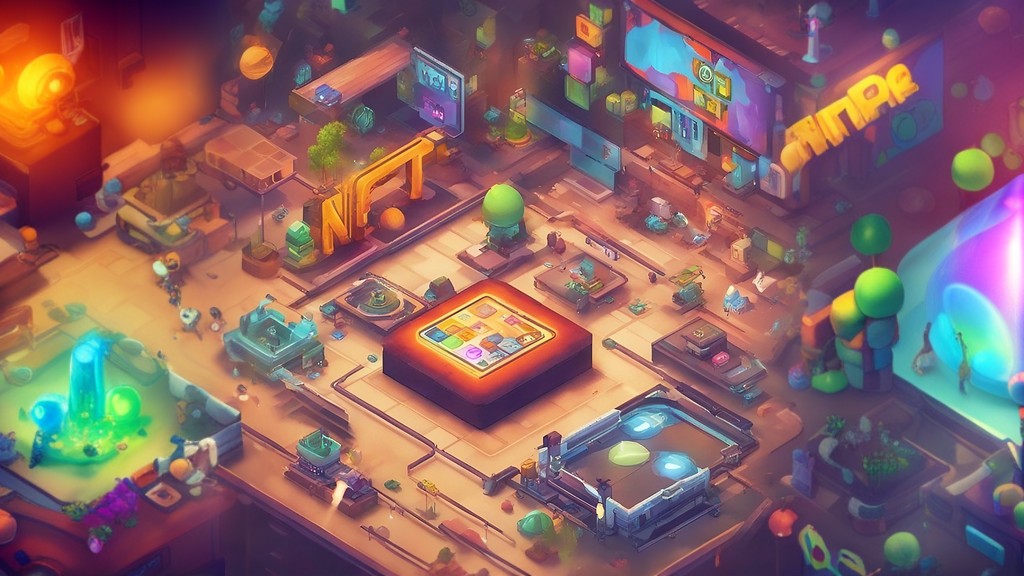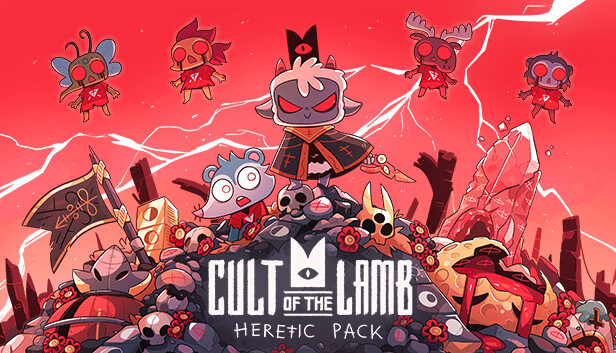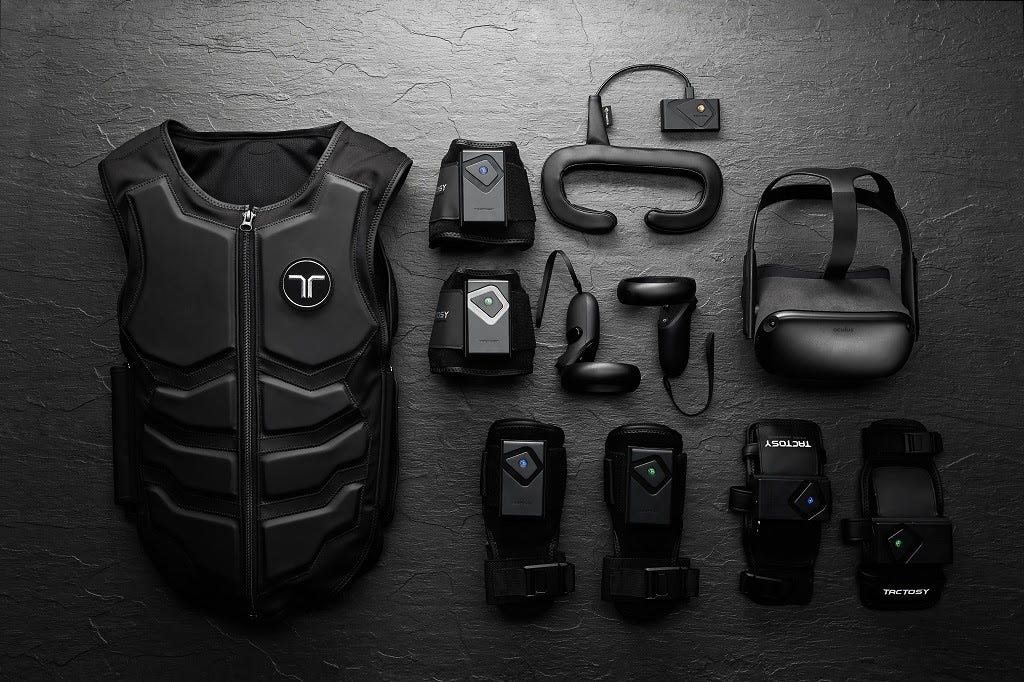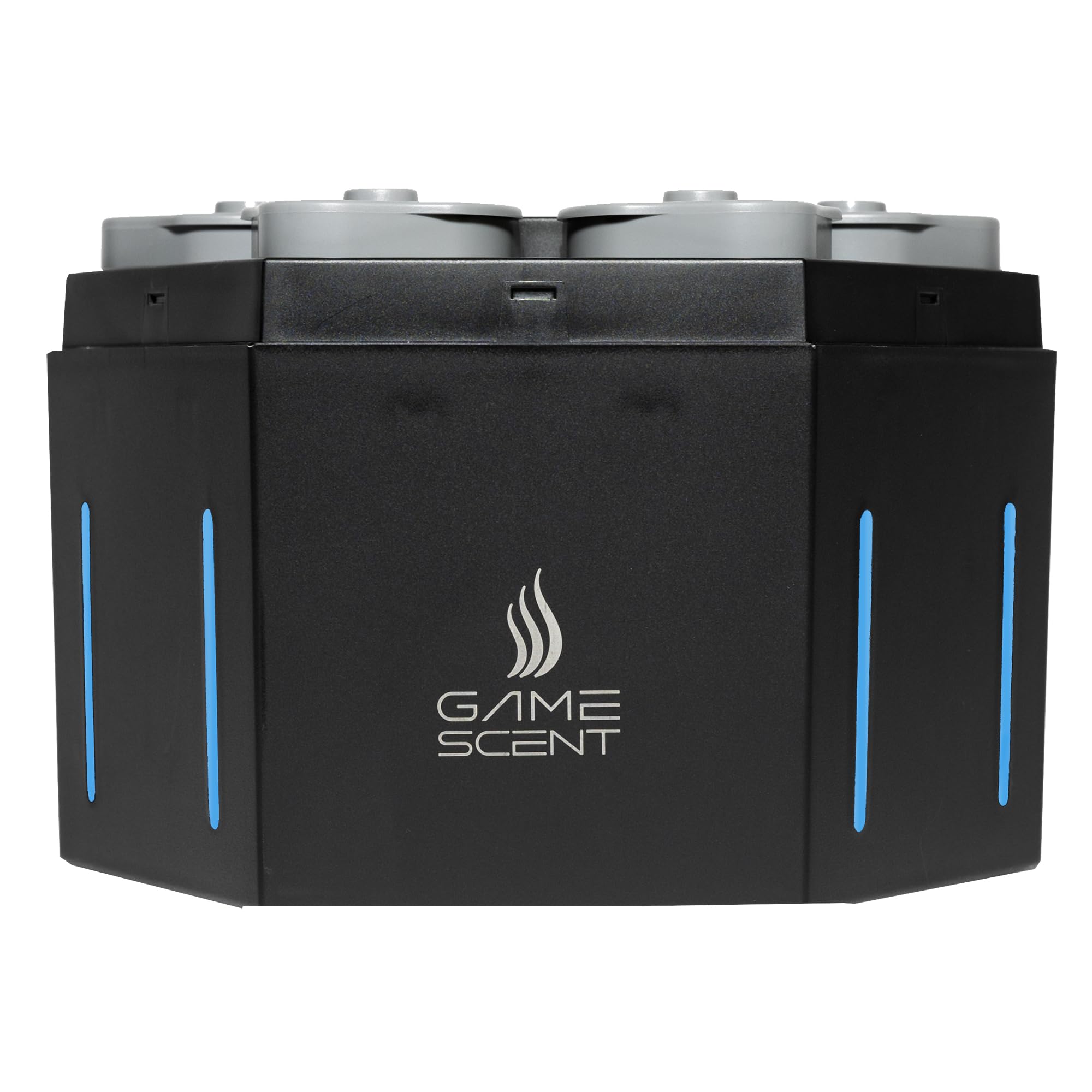Title: Army of Two: The 40th Day
Genre: Third-Person Shooter
Players: 1 – 2 (co-op online or split-screen)
Platforms: Xbox 360, PS3
Developer: EA Montreal
Publisher: Electronic Arts
Release Date: January 12th, 2010
They really don’t make ’em like this anymore. As some of you know I’ve gone back to playing and reviewing older games since almost every new AAA title is filled with pozzed degeneracy and Left-wing propaganda. Now while I don’t have a whole lot of good to say about Army of Two The 40th Day, which is a sequel to the 2008 outing of Army of Two, I can readily say that it’s a testosterone-filled third-person shooter that sits at home as a decent (if not moderately entertaining) Gears of War clone that came out during the heyday of the brown-and-gray palette monopoly.
The story is practically non-existent, and the majority of the game is little more than a reason for the art team to literally blow up Shanghai and demolish buildings left and right while tapping into their inner Michael Bay, but it all of it works as an impetus to give gamers a reason to suit up as two hardened mercenaries named Tyson Rios and Elliot Salem.

Pros:
+Manly game featuring two badass mercenaries
+Decent customization options for weapons
+Suppression fire is essential for tactical flanking
+Enemy AI tries to pressure you from multiple sides
+Enemy AI can help aid their own fallen comrades
+Lots of explosions and testosterone
+No Social Justice Warrior BS or pozzed content
Cons:
-Short gameplay length at around 6 hours
-Story makes no sense
-Main villain isn’t fleshed out at all
-Weapon selection is sparse
-Levels are fairly linear
-Frame rate drops below 30fps during heavy firefights
-Locked up a couple of times during the second playthrough

Table of Contents
Light On Story, Heavy On Action
The story centers around Rios and Salem having to disable some beacons in Shanghai alongside a third mercenary who you can choose to either save or kill. Things go south quickly, and Salem and Rios get stuck in Shanghai while a mercenary group known as The 40th Day, led by the mysterious General Jonah, wreak havoc throughout the city. The core gist of the game is Salem and Rios, along with their handler Alice Murray, attempt to escape from Shanghai and the iron grip of the 40th Day mercenaries.
The game clocks in at anywhere between six and eight hours, depending on your skill level. It’s spread across a handful of chapters that take the duo through various parts of Shanghai, including explosive-torn alleyways, ravaged hospitals, a blown-out zoo, a mall working as a satellite station, an occupied harbor, and a temple turned into a military base.
The aforementioned “moral” choices appear infrequently throughout the game, sometimes they will open up new weapon options for you, other times they will close weapon options for you. Due to the nature of these choices, the developers at EA Montreal designed them so that players are encouraged to play through the story a couple of times to make different decisions, unlock new weapons, as well as acquire new upgrades and parts.

Moral Choices Encourage Replayability
It’s a decent incentive to encourage replayability, even though most of the choices have silly outcomes or don’t really affect the overall direction of the game that much save for the very end. There are also only two endings, so it’s not like there’s an infinite amount of possibilities present.
The meat of Army Of Two The 40th Day is in its segmented third-person shooting levels, where two players can team up either via online play or local split-screen and take down enemies together.
Unfortunately, the impetus to progress through the game is tenuous at best.
Your main objective is mostly moving from one scenario to the next while taking down the 40th Day soldiers/mercenaries. Along the way, you’ll have the option to free Chinese civilians from the 40th Day, which will reward you with morality points. The only thing it changes is that at the end of the game if your morality rating is high enough, some of the civilians you saved will take up arms and help you assault Jonah’s stronghold.
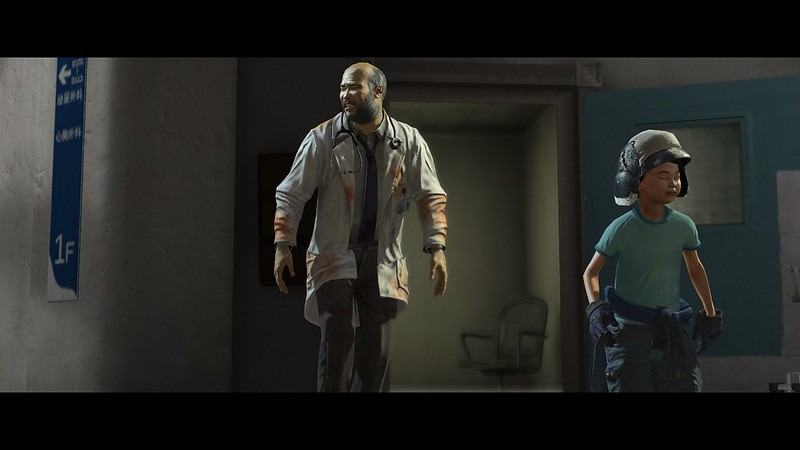
You can attain morality points by either saving said civilians from execution, or by apprehending enemy soldiers, disarming them, and tying them up. I did like that if you managed to get the drop on foes you could tell them to drop their guns and have the other nearby soldiers surrender. It reminded me of Eidos’ Reservoir Dogs on the OG Xbox and PS2, where you could tell police or guards to back off by grabbing and threatening a civilian hostage.
Unfortunately, in Army of Two The 40th Day the hostage-taking doesn’t always work, and sometimes as you’re grabbing enemies his buddies will open fire and kill their teammate or any nearby civilians. I don’t know if the game was just glitching or if the AI was just finicky, but the hostage-taking feature was nowhere near as solid or reliable as it should have been, especially as it frequently resulted in enemies just firing wildly even if you attempted to grab them.
If trying to play diplomacy isn’t your cup of tea, don’t sweat it. The game pampers you with an innumerable amount of opportunities to just go ham on the enemies and blast down everything in sight.
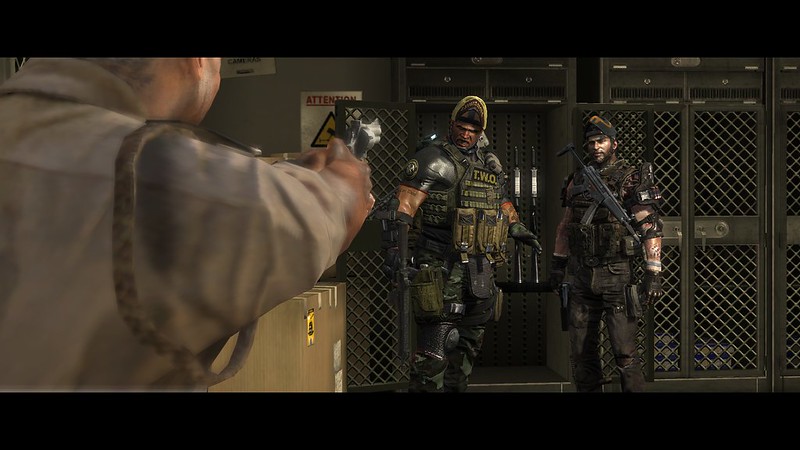
Mimicking Gears Of War
Combat consists of the standard-fare trappings from other third-person Gears of War clones. You can run, wall-hug, lep over waist-high barricades, blind-fire, precision aim, snipe, melee attack enemies, or grab them if you get close enough.
If I had a gripe with the combat mechanics it was that in order to use the secondary function of a rifle, such as a grenade launcher or underslung shotgun, you had to pull up the weapon wheel with Triangle and then the direction pad of the weapon to turn on or off the second function. That was a seriously cumbersome implementation compared to other games, especially games like Bad Company 2 where you just tapped the digital pad to switch to a weapon’s secondary function.
To help slightly separate Army of Two from other third-person shooters out there, you have things like the aggro meter, where a player can absorb the aggro by firing at enemies and drawing their attention. This is useful for allowing the second player to sneak around behind enemies or flank them from the side. The aggro meter is visualized both as a meter and as a flaming effect on the player who is “hot” with aggro, or as a ghostly gauze for the player who has no aggro.
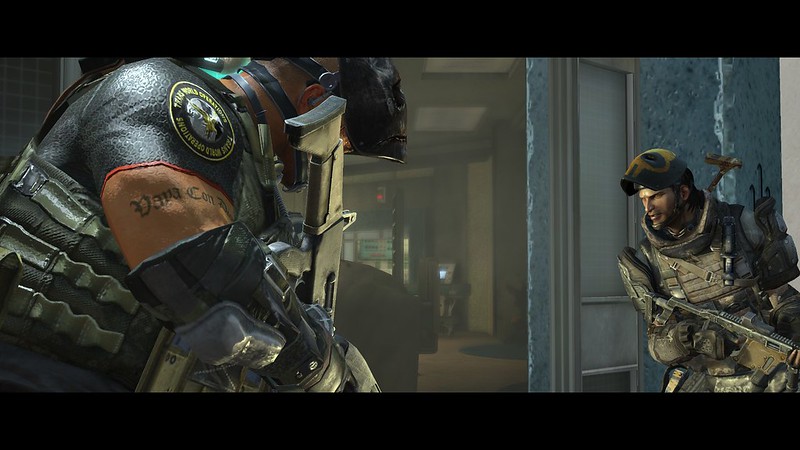
The player without aggro is given opportunities to sneak around and perform stealth kills, which works especially well if you’re outfitted with a silenced weapon. You can also sometimes pretend to surrender, and quick-draw on an enemy if they get too close. Alternatively, if you have too much aggro, you can feign your death by tapping the left and right bumpers together, which will force the attention of the enemy toward the other player, which works well if you’re about to die and you need to get the heat off of you.
On the subject of weapons… the game has several handfuls worth of guns and explosive weaponry to choose from, but the overall offerings are a lot slimmer than I was expecting.
For instance, there are only three pistols in the game, a G18, Type 77, and the Desert Eagle. No revolvers, no 9mm Beretta, no FN-Seven, no .45 pistols or 1911 variations. It’s disheartening, to say the least.
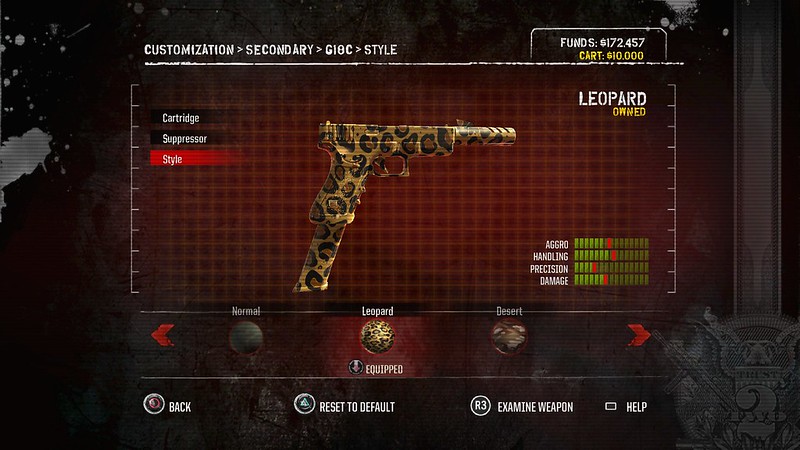
Weapon Customization
The reason for the sparse weapon cache is due to the fact that they redid all the art assets for Army of Two The 40th Day from the ground up. Not only did Rios and Salem get all new models (and much better voice actors) all the weapons were redone as well. I imagine the short turnaround development cycle of just two years left the team scrambling to cut a lot of what they may have had planned for the game, given that starting from scratch with new assets is almost akin to making a brand new game from the ground-up.
On the upside, you can outfit each of the pistols with a variety of silencers or muzzle modifications, along with a wide cache of mostly hideous liveries that range from basic military camo covers to polka dots or zebra patterns. The liveries are more diverse than what you get in the original Army of Two, but they’re nowhere near as cool looking. For instance, they lack the special engravings or specially customized grips from the previous game, leaving the gun patterns feeling bland and uninspired in the sequel.
There are three categories of equipment actually, the primary weapon, the secondary weapon (pistols), and special weapons. The special weapons include sniper rifles and explosive weaponry, such as the RPG-7or MK Grenade Launcher, or five different sniper rifles.
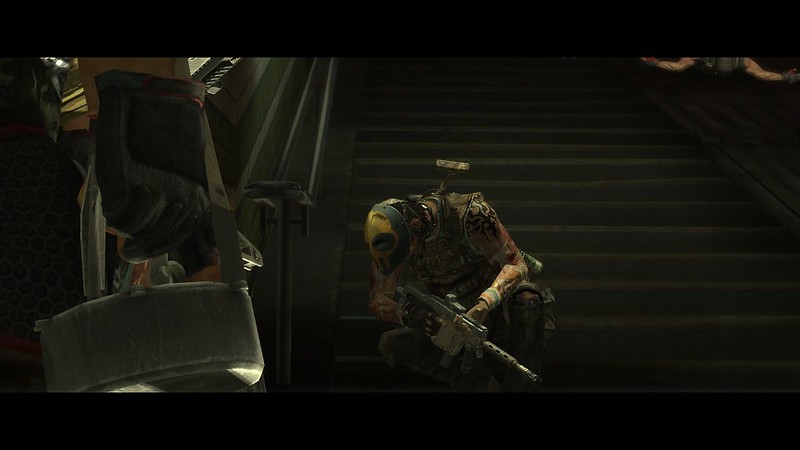
The special weapons don’t offer as many customization options as the other primary weapons, but they’re useful for moments in the game where you take on special enemy units such as heavily armored shotgunners, grenadiers, mini-gun mercs, or flamethrower foes.
The primary weapons are where the meat of your time will be spent customizing the weapons. Every new weapon you unlock – either by completing a chapter or acquiring weapon diagrams sprinkled throughout the levels – will typically add that part to the customization smorgasbord. So if you unlock an M4, you get all the M4 parts, including the stock, barrel, receiver, and muzzle.
This is probably the only area in the weapon categories that’s an improvement over the first game since unlocking new weapon parts in the original Army of Two did not allow for them to be used interchangeably with other types of guns.
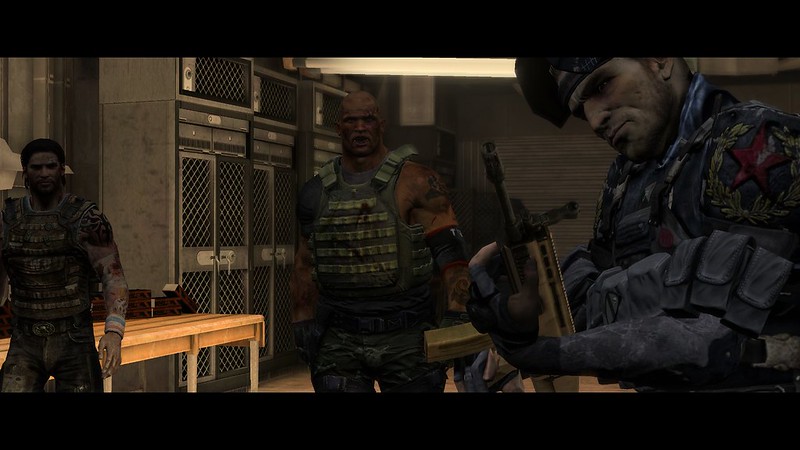
You can also buy weapons from the menu if you have enough dosh to spare.
Each weapon and weapon part has its own stats, so you can mix and match parts to create the kind of weapon that best suits your play style. So if you like close-range combat you can focus on decking out a shotgun that’s powerful but doesn’t have good handling. Alternatively, you can alter an AK-47 so that it has long-range, high-damage capabilities by outfitting it with a long barrel, a hardy silencer, a scope, and a stock to reduce recoil.
The part options are somewhat varied, but the main issue is that most of the customization parts are limited per weapon category, and the weapon categories aren’t very extensive. So, for instance, all shotgun parts can only be used with shotguns, or all rifle parts can only be used with rifles, or SMG parts are relegated to SMGs.
A couple of parts can be inter-exchanged regardless of the category, but mostly it’s just for stocks and silencers.

Lack Of Weapon Variety
If there were more weapons and weapon categories I think the customization would have been a lot more addictive, but by the time you make it through your second playthrough, you’ll realize that there’s just not much more to the customization and the limited selection of weapons really hampers what otherwise was a pretty cool feature. Having a handful of weapons per category meant that most times you’re going to stick with what works, and for close-range encounters, the AA-12 is always going to be your best bet… when it isn’t crashing the game.
I mentioned earlier that the game locked up during the second playthrough. This happened a couple of times, and only when using the AA-12 shotgun. The first time was when Salem and Rios have to do the back-to-back segment where they stave off enemy soldiers while being lowered down on a crane by their busty Asian handler, Alice.
The second time the game froze up was during the final cutscene where Jonah was making his speech, just before gamers can make the final choice in the game. After replaying the segments without the AA-12, there were no problems and the game worked fine.
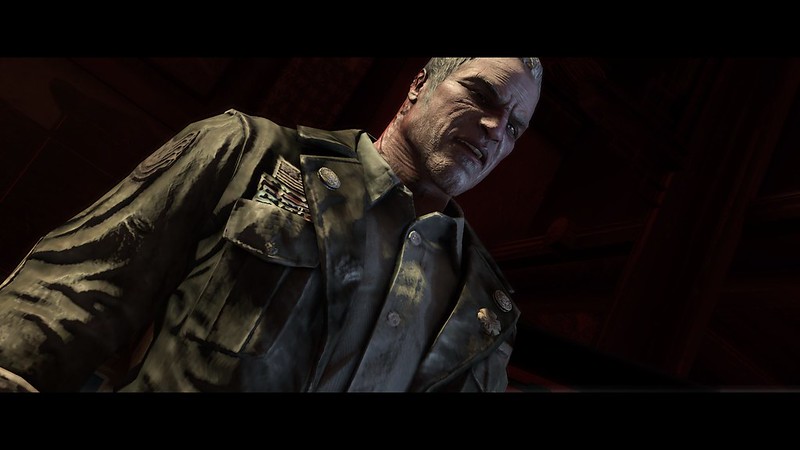
Frame-Rate And Freezing
I checked out several PlayStation forums online and found out that others had the exact same problem as I did, and in similar parts as well. They didn’t say what weapon they were using when the game froze, but just a heads-up: you probably don’t want to use the AA-12 during the crane section or during the final area before Rios and Salem meet Jonah. I don’t know exactly what the problem is but apparently, the PS3 ran into some memory issues with that gun?
Seems weird that EA would let the game go gold without fixing such a major bug.

Then again the game just performs rather poorly on the PS3 overall, especially during the last two chapters at the harbor and at the temple.
The harbor is somewhat tolerable, but the game frequently dips below 30 frames per second. This was like being subjected to some sort of torture in Hades because I played the game after playing Battlefield: Bad Company 2 on PC, and the unlocked frame rates of Bad Company 2 with 4x MXAA made the game look crisp and move as smooth as a warm knife through butter. Army of Two: The 40th Day meanwhile barely managed to maintain 30 frames per second most times and during the temple stage it almost becomes unbearable at times as not only do the frames drop down in the low 20s but it also affects input latency, which made the shootouts much harder to get through than they otherwise would have had the FPS not tanked.
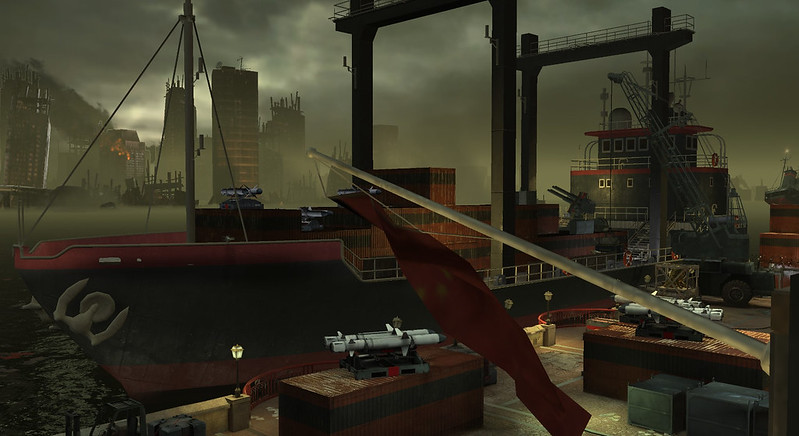
This was a common problem of the era, though. 360 and especially PS3 games rarely maintained 30fps, which is why during the Xbox One and PS4 era developers would sacrifice 60fps for a 30fps hard-lock, which would at least guarantee that the games didn’t drop any lower than 30fps as opposed to bouncing back and forth between 30fps and maybe 45fps or 50fps. While I’m no fan of the peasant frame rates, I’ll take a 30fps hard-lock any day over the stuttering mess of a game that drops down below standard silver-screen FPS.
If this were an open-world game I think I would have been more tolerant of the frame-rate issues, but Army of Two: The 40th Day is an extremely linear Unreal Engine 3-powered game. Most of the shootouts take place in crowded streets, cluttered intersections, or tight corridors. This leads me to believe that the development cycle near the end of the game was cut short and the team didn’t have time to properly optimize the temple stage on the PS3.

Decent Enemy AI
Although, on the up and up, I do have to give props to the AI pathfinding engineers for making sure that the enemy is aggressive and forthright with taking the initiative to flush out and kill the player. They also are willing to lay down suppression fire and run out and grab a downed enemy if they’ve been injured.
While injured, enemies can still dish out enemies to the player-characters, and vice versa. If a player is downed they can also still shoot at enemies using a pistol as a last-ditch effort while waiting to be healed or while bleeding out. If a downed player is not healed before they bleed out, then it’s game over and you’ll have to restart from the last checkpoint.
This forces players to have to use some measure of teamwork and watch each other’s backs while trekking through the war-torn streets and buildings of Shanghai.

Split-Screen To The Rescue
There’s also a versus mode where you can play against other players online, or an Extraction bonus mode that works as a Horde mode of sorts, but good luck finding people still playing a decade-old game like this online.
Overall I thought Army of Two The 40th Day was okay. Would I play it again? It’s a toss-up. I still prefer Gears of War 2 as the definitive co-op campaign experience. My biggest gripe with Army of Two’s story was that the motivations of Jonah aren’t made clear until the very end of the game, so your main motivation for engaging the enemy and playing through the game is just to get out of Shanghai.
The story gains practically zero coherence or cohesion until the last stage, which made the whole thing seem like a huge waste. Also, Jonah’s reasoning for launching an attack on Shanghai is pretty shallow. If he were a pawn for a much more sinister enemy bankrolling the 40th Day it may have made the story more compelling, but overall I was left scratching my head trying to figure out where Jonah got all his funding from and why Shanghai specifically?

Anyway, despite the game’s flaws, it still leagues better than any of the AAA tripe we get these days. Rios and Salem are hardened tough guys not afraid to make the hard choices. They look like through-and-through badasses and have the personalities to match. The banter between the two throughout the game is fun and jocular, even though the overall story was rather lacking. The weapon selection is cool, despite being sparse, there are classic unlockable cheats and a couple of alternate costumes for the heroes, too. It’s the sort of game you might play with a buddy over a weekend with a few beers.
